India’s cuisine blends history, spices, diversity, superfoods, and iconic dishes, captivating global palates.
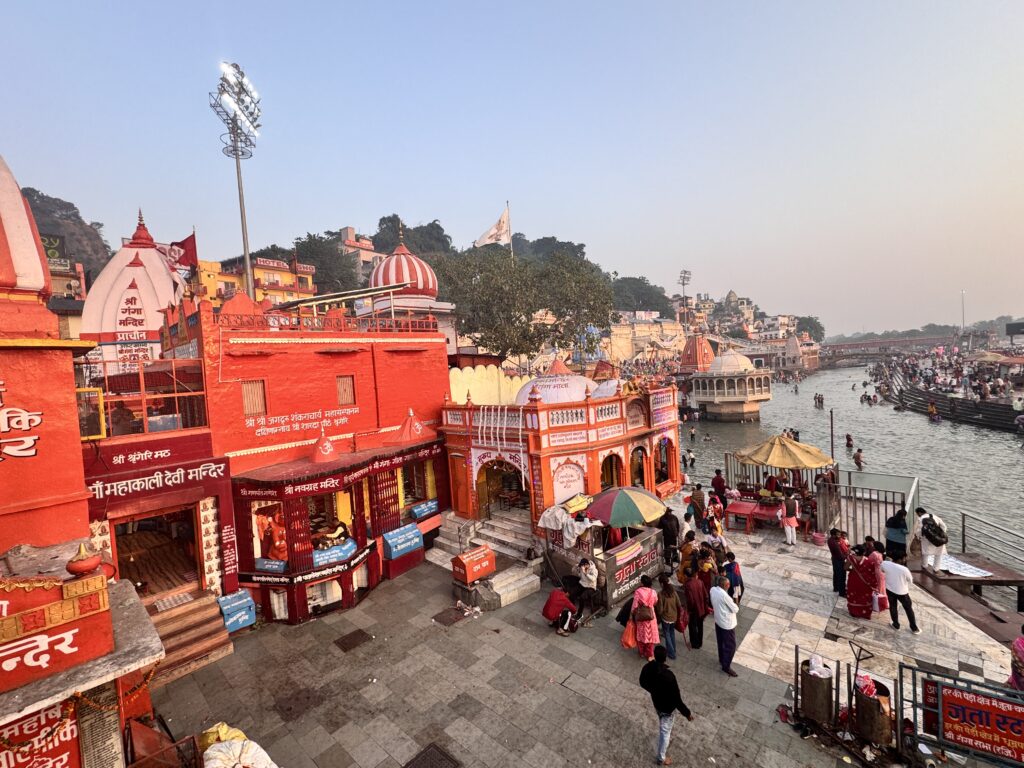
All About Indian Cuisine
Indian food is famous worldwide for its bold flavors, unique spices, and deep-rooted traditions. But it’s more than just food—it’s history on a plate. India, home to some of the world’s oldest civilizations, has a rich and diverse landscape that provides an endless bounty of ingredients. This is also the land where religions like Hinduism, Sikhism, and Buddhism were born, and you can see their influence in every corner of Indian culture—including its food.
Why Write About Indian Food?
Honestly, as I sit down to write this, I wonder if I can do justice to such a vast and fascinating topic. But I feel like it’s my purpose to share the beauty of India’s food culture—not just with the world but with Indians, too. There’s so much to discover, even for us! This blog will grow and evolve as I learn more, so think of it as a journey we’re taking together.
Food is such an exciting subject because it never stops changing. It evolves with cultural exchanges and new influences. In India, people from different religions and backgrounds have lived together in harmony for centuries, and this has shaped the way we eat. Our cuisine carries traces of royalty, Mughal kitchens, tribal traditions, and even European, Asian, and African flavors.

More Than Just Food
In India, food isn’t just about filling your stomach—it’s about nourishing your body and soul. Our ancient Ayurvedic practices have always treated food as medicine. Isn’t it fascinating how something as simple as turmeric can heal inflammation or how ginger helps with digestion? Meals in India are often designed to balance the body’s energies or doshas, making every bite not just delicious but also purposeful.
And then there’s the way we serve food. It’s an art in itself! From banana leaves to clay pots to brass utensils—each method has its own charm and purpose. These traditions connect us to our roots while making every meal feel special.
Even the act of eating is steeped in tradition. In many parts of India, people still eat with their hands—a practice that’s believed to enhance the connection with the food and improve digestion. The experience isn’t just about taste; it involves touch, smell, and sight too.
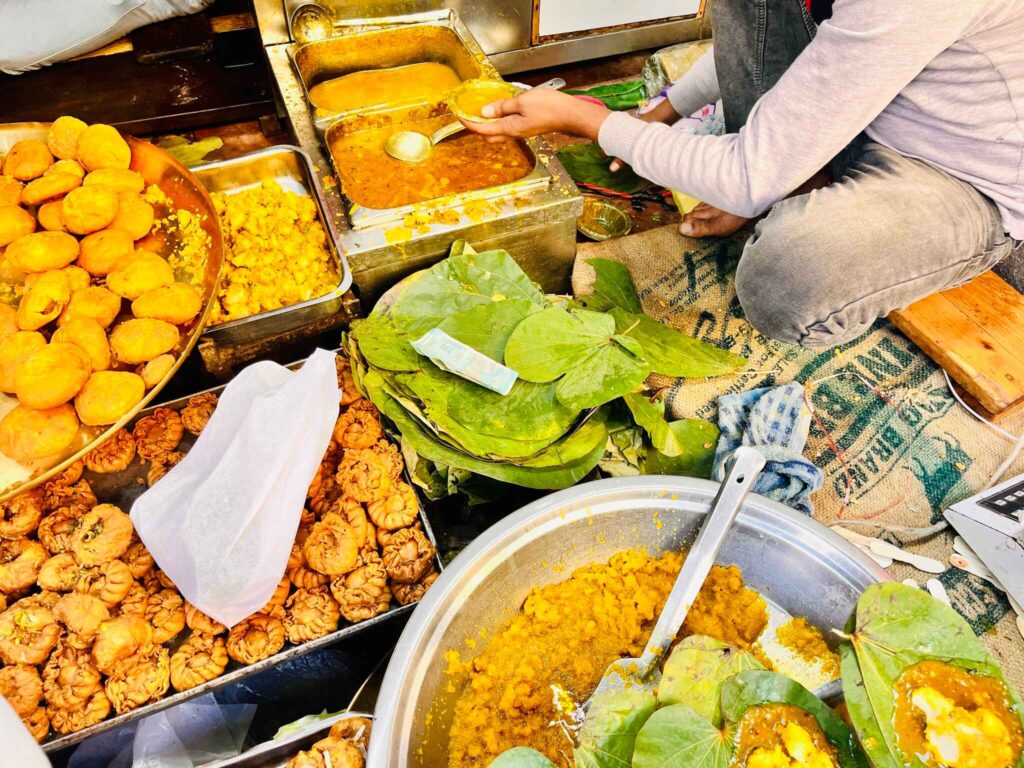
More Than Just Food
In India, food isn’t just about filling your stomach—it’s about nourishing your body and soul. Our ancient Ayurvedic practices have always treated food as medicine. Isn’t it fascinating how something as simple as turmeric can heal inflammation or how ginger helps with digestion? Meals in India are often designed to balance the body’s energies or doshas, making every bite not just delicious but also purposeful.
And then there’s the way we serve food. It’s an art in itself! From banana leaves to clay pots to brass utensils—each method has its own charm and purpose. These traditions connect us to our roots while making every meal feel special.
Even the act of eating is steeped in tradition. In many parts of India, people still eat with their hands, a practice believed to enhance the connection with the food and improve digestion. The experience isn’t just about taste; it involves touch, smell, and sight, too.
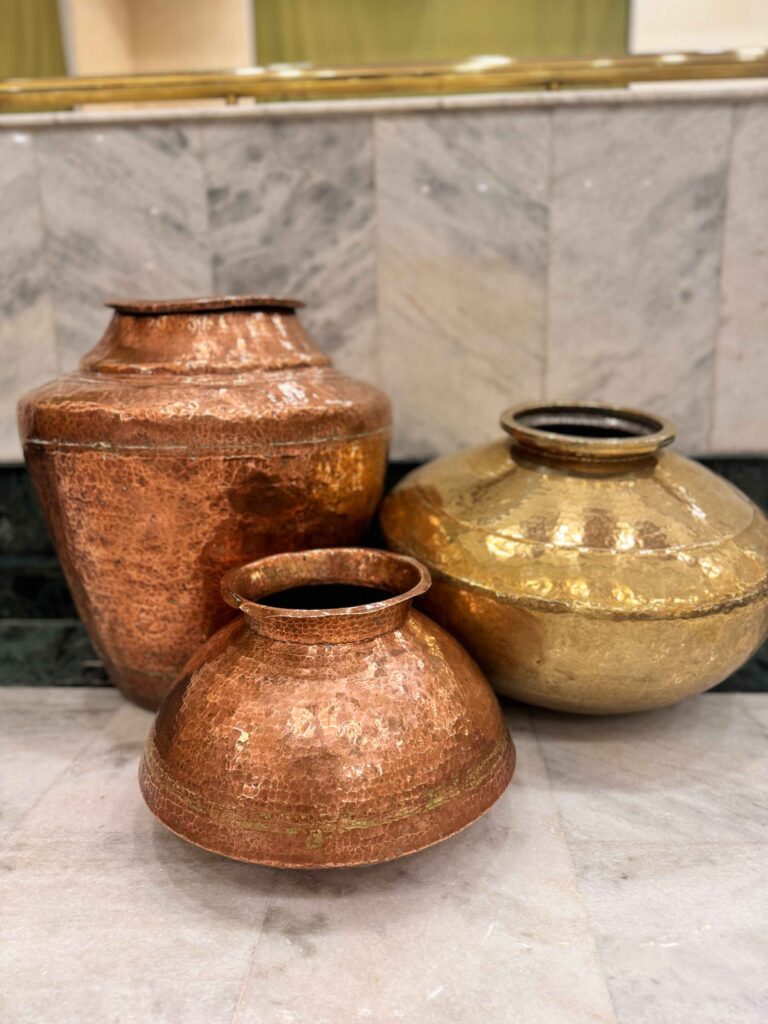
The Incredible Diversity
Let’s talk about variety—because Indian cuisine has much of it! Every region has its own unique flavors and dishes:
East India: Known for its sweets like rasgulla and sandesh, this region also offers simple yet flavorful fish dishes cooked with mustard seeds and mustard oil.
West India: Spicy curries like vindaloo from Goa, savory snacks like dhokla from Gujarat, and hearty meals from Rajasthan (like dal baati churma) are staples here.
North India: Think creamy curries like butter chicken and paneer tikka masala paired with breads like naan or paratha. Dairy products like ghee (clarified butter) and yogurt are common here.
South India: Tangy tamarind-based dishes like sambhar, crispy dosas, fluffy idlis, and coconut-infused chutneys dominate this region. Rice is a staple here, often served with spicy curries or stews.
Central India: Known for rustic dishes like dal bafla, poha with jalebi, and bhutte ka kees, this region also features Mughal-inspired kebabs and kormas, street foods like samosa chaat, and desserts like malpua and mawa bati.
But that’s not all—there are tribal cuisines that use foraged ingredients, street foods that burst with flavor (think pani puri or vada pav), and festive dishes that are prepared only during special occasions.
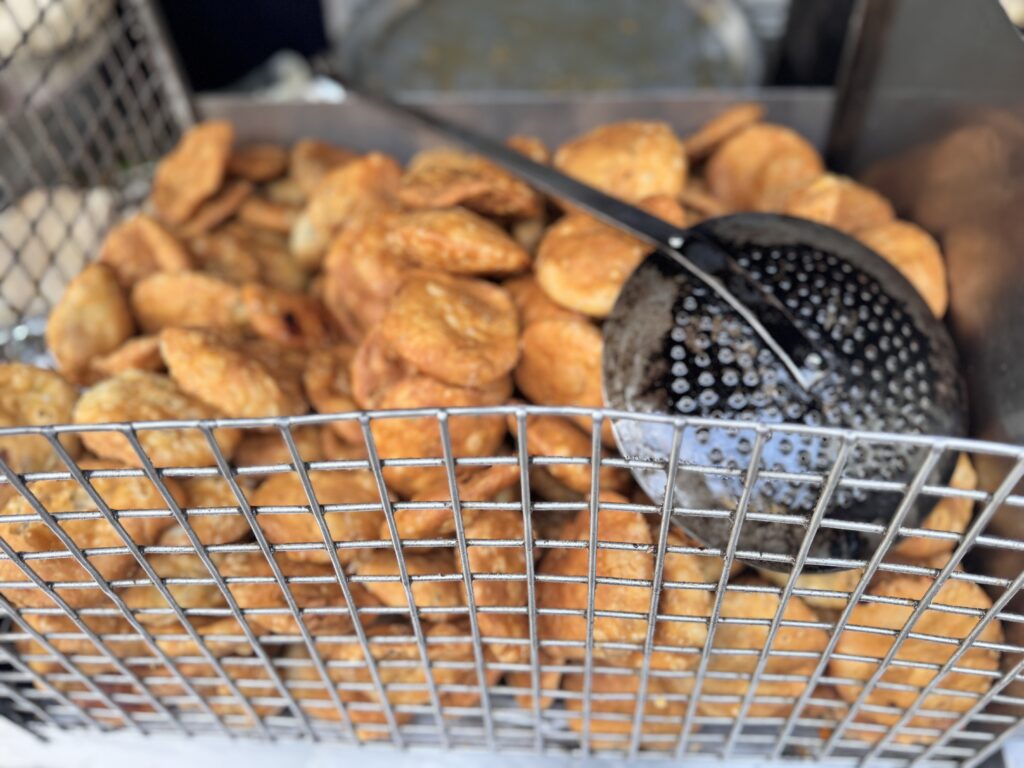
Festivals and Food
Speaking of special occasions, food plays a huge role in Indian festivals! Every celebration has its own set of traditional dishes:
- During Diwali, sweets like laddoos, barfis, and gujiyas fill homes with joy.
- On Eid, biryani and sheer khurma (a sweet vermicelli pudding) are must-haves.
- Pongal in South India celebrates the harvest season with dishes like sakkarai pongal (sweet rice).
- During Durga Puja, East Indians indulge in bhog (a traditional offering) that includes khichdi, labra (mixed vegetables), and payesh (rice pudding).
Festivals bring people together through food—whether it’s cooking together or sharing meals with neighbors.
The Role of Spices
No discussion about Indian cuisine is complete without mentioning spices! Spices are the soul of Indian cooking—they add depth, aroma, color, and flavor to every dish. Common spices include cumin, coriander, turmeric, cardamom, cinnamon, cloves, mustard seeds, fenugreek, and red chilies.
Each spice has its own story. For instance:
- Turmeric isn’t just a spice; it’s considered sacred in Indian culture.
- Cardamom is often called the “queen of spices” for its sweet aroma.
- Asafoetida (hing) is used sparingly but adds a unique flavor to vegetarian dishes.
Spices aren’t just about taste—they have medicinal properties, too. Many Indian households use spice blends like garam masala or sambar powder that are passed down through generations.
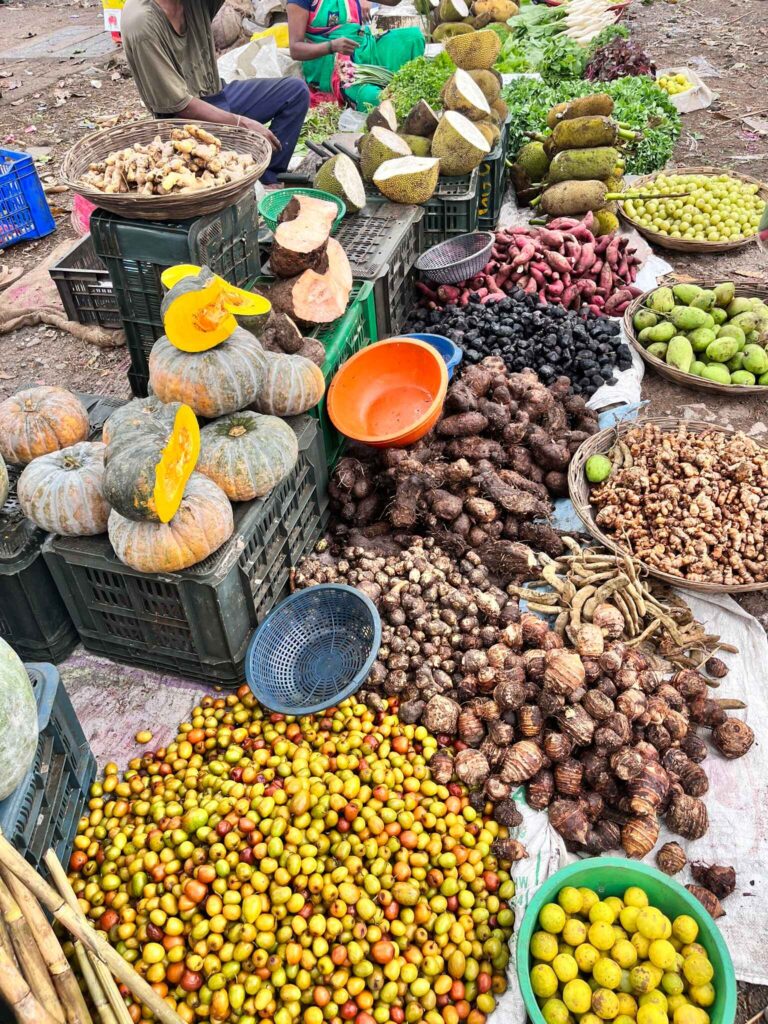
A Living Tradition
Indian cuisine is alive—it grows with time but never loses its essence. With globalization and cultural exchanges happening faster than ever before, new influences are shaping our food every day. Yet, at its core, it remains true to its roots: a celebration of life, health, harmony, and togetherness.
Modern trends like fusion cooking or plant-based diets find their place in Indian kitchens without overshadowing traditional methods.
Let’s Explore Together
Indian food is much more than what meets the eye—or the plate! It’s a sensory experience filled with colors, aromas, textures, tastes—and stories. It reflects who we are: diverse yet united by our love for good food.
There’s no way to summarize everything about Indian cuisine in one blog post (or even one lifetime!), but this is just the beginning of our journey into this flavorful world.
So let’s dive in—one dish at a time—and discover what makes Indian cuisine magical! Whether trying something new or revisiting an old favorite, there’s always something to learn and love about Indian food!

